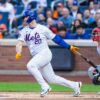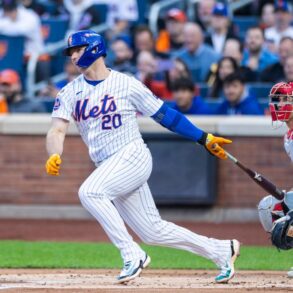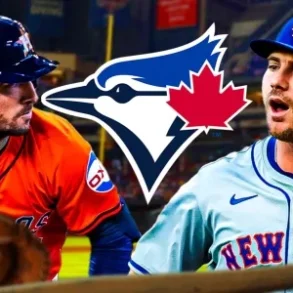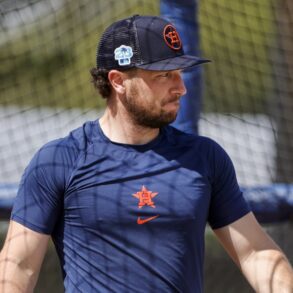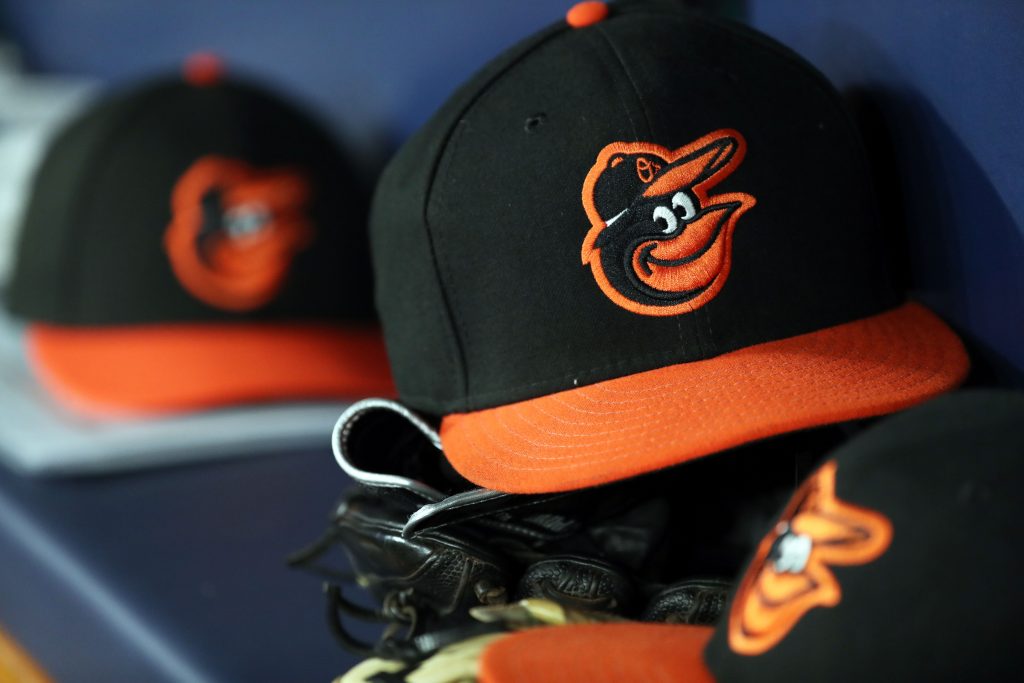
Exactly one year ago today, the Orioles and Brewers agreed to the blockbuster trade that sent Corbin Burnes to Baltimore. Since Burnes has now moved on to sign with the Diamondbacks and the O’s didn’t win a playoff game in the star right-hander’s lone season at Camden Yards, debates may rage for years about who “won” the trade, even if an argument can certainly be made that both teams made off well.
From the Orioles’ perspective, there was clear benefit to installing an ace like Burnes atop the team’s rotation. On paper, a frontline pitcher was the final piece needed to put a young, deep, and talented O’s team over the top as a World Series contender, even if things didn’t ultimately work out for Baltimore in October. Giving up Joey Ortiz, DL Hall, and a Competitive Balance Round-A draft pick for one season of Burnes’ services was seen as an acceptable trade package, since the perception was that the Orioles could afford to be a little aggressive, given the extra depth afforded by their very deep farm system.
Fast forward a year, and the Orioles (perhaps frustratingly to the team and their fans) find themselves in roughly the same spot heading into the 2025 season. Still looking for a postseason breakout, the O’s haven’t been sitting on their hands, as Tyler O’Neill, Andrew Kittredge, Gary Sanchez, Tomoyuki Sugano, and Charlie Morton have all been signed as free agent additions, boosting the club’s payroll from roughly $102.5MM in 2024 to a projected $157.3MM in 2025. Such a payroll hike is quite substantial, but O’Neill is the only one of those players signed beyond next season, as the Orioles haven’t yet shown the increased appetite for longer-term spending that many expected under new owner David Rubenstein.
The roster as it stands on February 1 still looks like a strong one, and the Orioles should certainly be considered favorites to at least reach the playoffs for the third consecutive year. Still, if the O’s want to make one more splashy move and aren’t yet willing to break the bank in free agency, that leaves the trade market as GM Mike Elias’ best route for an upgrade. Even if Baltimore’s farm system has now been depleted by trades and several players gradating out of “prospect” status and onto the MLB roster, the Orioles also have another kind of one-year-only surplus that might yet prove beneficial in landing more experienced talent by Opening Day.
Unlike in the NFL, NBA, or NHL, Major League Baseball doesn’t allow its teams to trade draft picks….with one exception. The teams that receive a bonus pick via the two Competitive Balance rounds are allowed to deal that pick away, which has provided an interesting wrinkle to trade discussions since the CB rounds were instituted prior to the 2017 draft. These bonus picks are allotted to teams that fall within the league’s bottom 10 in either market size or revenues, and the Orioles have qualified for an extra CBR pick every year.
As noted earlier, the Orioles’ willingness to include their CBR-A pick (the 34th overall selection in the 2024 draft) was a key component of the Burnes trade, and the Brewers used that pick to select slugging Tennessee first base prospect Blake Burke last July. This offseason saw the Reds trade their CBR-A pick to the Dodgers as part of the Gavin Lux trade, the Athletics included their CBR-A pick as part of the trade package that brought Jeffrey Springs to West Sacramento, and the Diamondbacks sent Slade Cecconi and their CBR-B selection to the Guardians in exchange for Josh Naylor.
Because the teams who qualify for CBR selections switch rounds every year, Baltimore’s extra pick comes in the second Competitive Balance Round in 2025, currently slotted as the 71st overall selection. This means the Orioles will be on the clock six times within the first 94 picks of the 2025 draft, between their regular picks (19th, 59th, 94th) in the first three rounds, their CBR-B pick (71st), and the compensation picks (30th, 31st) that the club received when Burnes and Anthony Santander signed elsewhere. Because the Orioles are a revenue-sharing recipient, and because Burnes and Santander rejected qualifying offers and signed deals worth more than $50MM, the O’s landed those compensatory picks right after the end of the first round.
The double dose of compensation picks might make the O’s more likely than not to move their CBR-B pick, just because it’s fairly uncommon for a team to have two qualified free agents depart in the same offseason. It should be noted that the Orioles’ decision to trade their CBR-A pick for Burnes might’ve been influenced by another bonus pick the team received in that 2024 draft class. The O’s received the 32nd overall pick under the league’s Prospect Promotion Incentive rules, since Gunnar Henderson won the 2023 AL Rookie of the Year Award after being ranked within the top 100 of preseason prospect lists from (at least two of) MLB Pipeline, Baseball America, and ESPN.com.
Even if a CBR-B pick doesn’t carry as much value as the CBR-A selection dealt for Burnes, the Diamondbacks’ Naylor trade is evidence that a CBR-B pick can still bring back some quality talent. Hypothetically, the Orioles could look to replicate the Burnes trade as closely as possible, and include their CBR pick as part of a larger trade package for an ace pitcher. Even if the Orioles might technically have a rotation surplus if all their starters are healthy, it isn’t clear if any of Grayson Rodriguez, Zach Eflin, Morton, or Sugano are necessarily the pitcher you’d want starting the first game of a playoff series.
A mention of Dylan Cease here is unavoidable. The Padres are known to be gauging interest in Cease, who (like Burnes) is a year away from free agency. Baltimore had interest in Cease last winter before the White Sox dealt him to San Diego, and that interest extended into this offseason, as the Orioles reportedly saw a Cease trade as a pivot move in case Burnes signed with a new team. Further extending the comparison to Burnes, the O’s might well be viewing Cease as another one-year rental, with an eye towards recouping another compensatory pick next winter if and when Cease were to leave in free agency.
It would obviously take more than just the CBR-B pick to obtain Cease, but just having a tradable draft selection gives the O’s an interesting chip that most other teams linked to Cease can’t offer. Of the teams publicly known to have interest in Cease, Minnesota is the only other club who has a CBR selection — the Twins select in CBR-A this year, so their possession of the 36th overall pick could even give them a leg up over the Orioles. However, what the Twins don’t have is two extra compensatory picks expanding their overall draft pool, so Minnesota might well be less willing to move its CBR pick than the Orioles.
Regardless of whether the CBR-B pick is traded or not, Baltimore is already going to be getting a heck of a bounty back in the 2025 draft. Selecting six prospects within the top 94 is a terrific way to help restock a thinned-out farm system, but selecting five prospects and trading the 71st overall pick for some immediate help might be the more effective way of managing the Orioles’ long-term and short-term goals.
This post was originally published on this site be sure to check out more of their content.


